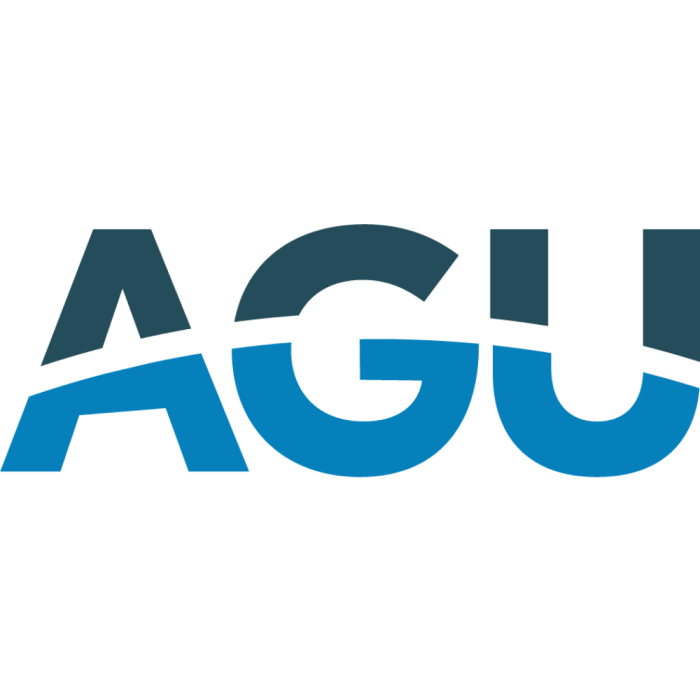Catchments Amplify Reservoir Thermal Response to Climate Warming
Lentic waters integrate atmosphere and catchment processes, and thus ultimately capture climate signals. However, studies of climate warming effects on lentic waters usually do not sufficiently account for a change in heat flux from the catchment through altered inflow temperature and discharge under climate change. This is particularly relevant for reservoirs, which are highly impacted by catchment hydrology and may be affected by upstream reservoirs or pre‐dams. This study explicitly quantified how the catchment and pre‐dams modify the thermal response of Rappbode Reservoir, Germany's largest drinking water reservoir system, to climate change. We established a catchment‐lake modeling chain in the main reservoir and its two pre‐dams utilizing the lake model GOTM, the catchment model mHM, and the stream temperature model Air2stream, forced by an ensemble of climate projections under RCP2.6 and 8.5 warming scenarios. Results exhibited a warming of 0.27/0.15°C decade−1 for the surface/bottom temperatures of the main reservoir, with approximately 8%/24% of this warming attributed to the catchment warming, respectively. The catchment warming amplified the deep water warming more than at the surface, contrary to the atmospheric warming effect, and advanced stratification by about 1 week, while having a minor impact on stratification intensity. On the other hand, pre‐dams reduced the inflow temperature into the main reservoir in spring, and consequently lowered the hypolimnetic temperature and postponed stratification onset. This shielded the main reservoir from climate warming, although overall the contribution of pre‐dams was minimal. Altogether, our study highlights the importance of catchment alterations and seasonality when projecting reservoir warming, and provides insights into catchment‐reservoir coupling under climate change.

